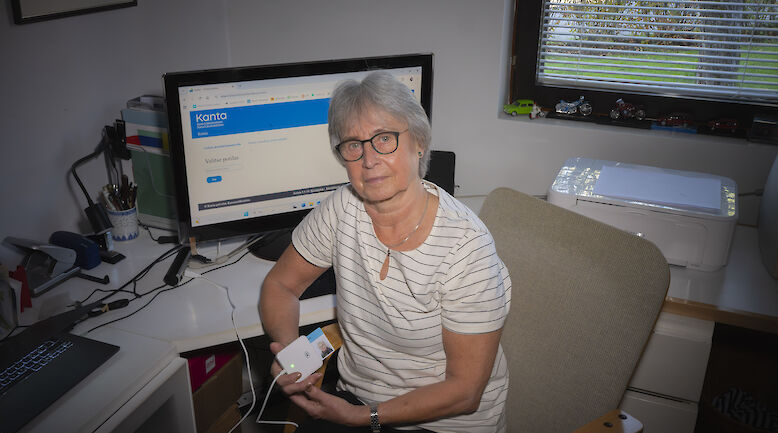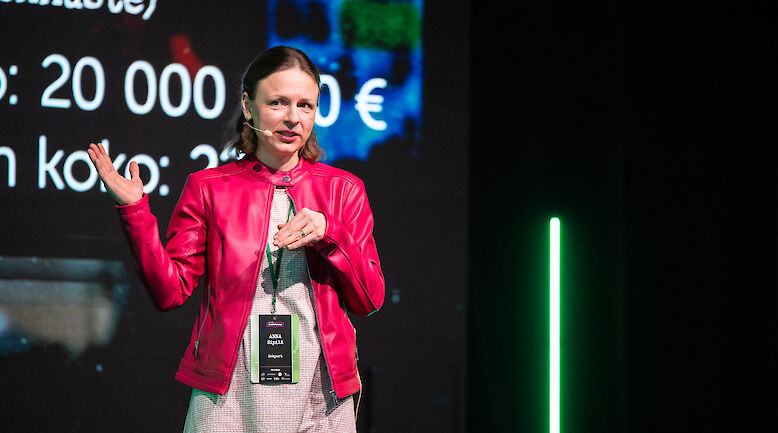Increase in the incidence of sleep apnea and notable regional differences

Background Continuous medical education of healthcare professionals, increase in obesity and the attention sleep apnea receives in the media are possible explanatory factors for the increase in the demand for sleep apnea diagnostics and treatment in recent years. In 2017, the incidence of sleep apnea in the Finnish adult population was 6/1,000. We aimed to investigate the possible change in the incidence of sleep apnea and to evaluate the regional differences in the incidence in Finland.
Methods Patients who had received a sleep apnea diagnosis (ICD-10: G47.3) in 2020 were identified from the IMPRO research database, with a four-year wash-out period. The database includes total health care use information for the whole population of Finland, collected from the national patient registers of the Finnish Institute for Health and Welfare. The incidence of sleep apnea was assessed based on four age groups, gender, three different types of municipalities and hospital district.
Results Incidence of sleep apnea in Finnish adult population in 2020 was 8.9 (95% CI 8.8; 8.9) per 1,000 persons. Women accounted for 38% of new sleep apnea patients. The incidence was highest in the age group of 40 - 64 years old, in Western Finland and in semi-urban-type municipalities. The hospital districts with the lowest incidence are located fairly evenly across Finland.
Conclusions The incidence of sleep apnea in Finland has increased in the late 2010s. The regional differences are only partly explained by differences in overweight and obesity.
Marja Palomäki, Terhi Kolari, Tarja Saaresranta, Ulla Anttalainen, Markku Partinen, Jaana Keto, Miika Linna












